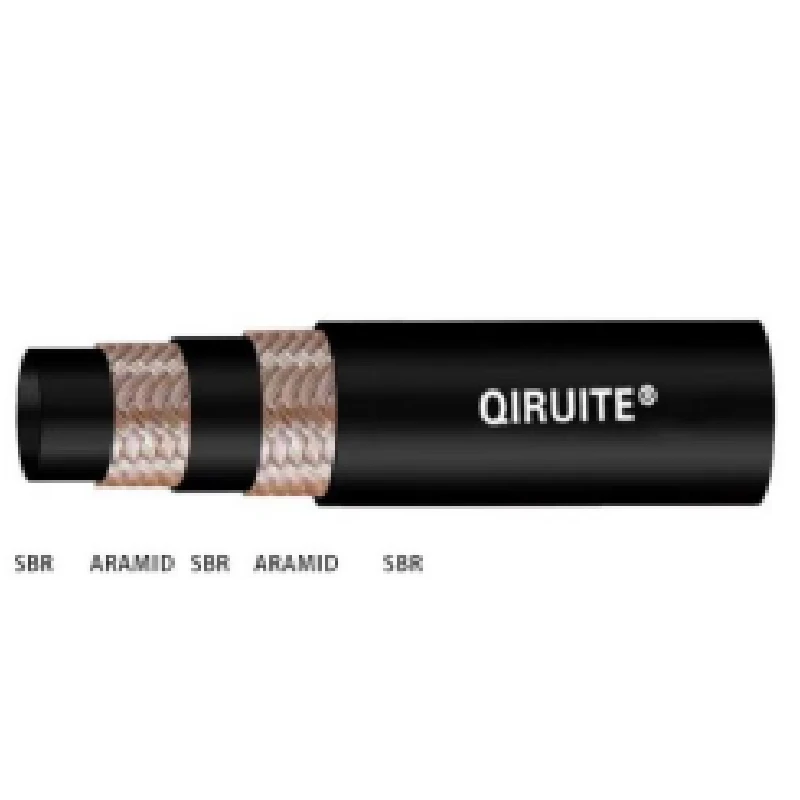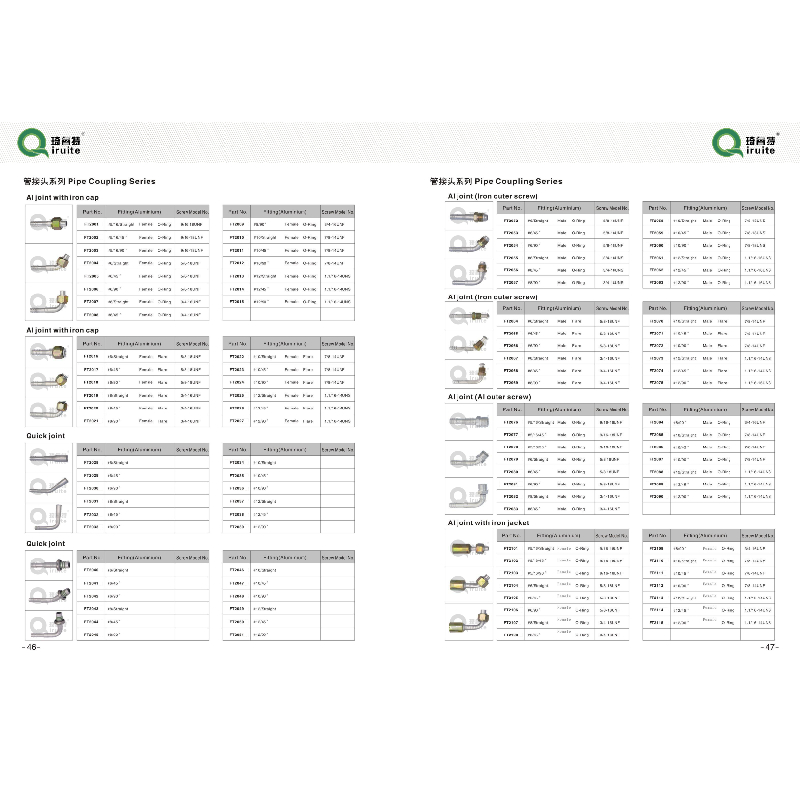Feb . 19, 2025 08:22
Back to list
spiral guard hose protection
Power steering systems have become integral to modern automotive design, providing effortless control over vehicle steering. A malfunction in the power steering hose can lead to significant steering difficulties, making understanding the repair process both essential and prudent. Proper maintenance and timely repair of power steering hoses not only ensure smooth vehicle operation but also prolong the life of the vehicle's steering system.
4. Remove the Faulty Hose Use wrenches or pliers to loosen and remove the hose connections. Carefully extract the hose from the vehicle, ensuring no additional components are disturbed in the process. 5. Install the New Hose Compare the new hose to the old one to ensure matching specifications. Install the new hose by securely attaching it to the necessary fittings, starting with the end connected to the power steering pump. Double-check that all clamps and connectors are tight to prevent future leaks. 6. Refill the Power Steering Fluid After the new hose is secured, fill the system with the appropriate type and quantity of power steering fluid as recommended by the vehicle manufacturer. 7. Bleed the System To remove air from the power steering system, start the vehicle and slowly turn the steering wheel from lock to lock several times. Keep an eye on the fluid level, adding more as necessary until the air is completely expelled. 8. Check for Leaks With the engine running, inspect the hose connections and surrounding area for any signs of leaks. Tighten connections further if necessary. 9. Test Drive Once the system appears stable, take the vehicle for a short drive to ensure everything is functioning correctly. Pay close attention to steering response and any unusual noises or sensations. Maintenance Tips Regular inspection of power steering components can prevent future issues. Periodically check fluid levels and condition, watch for any signs of wear and tear on hoses, and address leaks promptly. This proactive approach maintains your vehicle's peak performance and ensures safe operation. Replacing a power steering hose demands technical knowledge and precision, but with this comprehensive guide, handling the task yourself can be an empowering and cost-effective endeavor. Should you feel uncertain at any step, consulting a professional mechanic is always the best course of action.


4. Remove the Faulty Hose Use wrenches or pliers to loosen and remove the hose connections. Carefully extract the hose from the vehicle, ensuring no additional components are disturbed in the process. 5. Install the New Hose Compare the new hose to the old one to ensure matching specifications. Install the new hose by securely attaching it to the necessary fittings, starting with the end connected to the power steering pump. Double-check that all clamps and connectors are tight to prevent future leaks. 6. Refill the Power Steering Fluid After the new hose is secured, fill the system with the appropriate type and quantity of power steering fluid as recommended by the vehicle manufacturer. 7. Bleed the System To remove air from the power steering system, start the vehicle and slowly turn the steering wheel from lock to lock several times. Keep an eye on the fluid level, adding more as necessary until the air is completely expelled. 8. Check for Leaks With the engine running, inspect the hose connections and surrounding area for any signs of leaks. Tighten connections further if necessary. 9. Test Drive Once the system appears stable, take the vehicle for a short drive to ensure everything is functioning correctly. Pay close attention to steering response and any unusual noises or sensations. Maintenance Tips Regular inspection of power steering components can prevent future issues. Periodically check fluid levels and condition, watch for any signs of wear and tear on hoses, and address leaks promptly. This proactive approach maintains your vehicle's peak performance and ensures safe operation. Replacing a power steering hose demands technical knowledge and precision, but with this comprehensive guide, handling the task yourself can be an empowering and cost-effective endeavor. Should you feel uncertain at any step, consulting a professional mechanic is always the best course of action.
Next:
Latest news
-
Ultimate Spiral Protection for Hoses & CablesNewsJun.26,2025
-
The Ultimate Quick-Connect Solutions for Every NeedNewsJun.26,2025
-
SAE J1401 Brake Hose: Reliable Choice for Safe BrakingNewsJun.26,2025
-
Reliable J2064 A/C Hoses for Real-World Cooling NeedsNewsJun.26,2025
-
Heavy-Duty Sewer Jetting Hoses Built to LastNewsJun.26,2025
-
Fix Power Steering Tube Leaks Fast – Durable & Affordable SolutionNewsJun.26,2025

